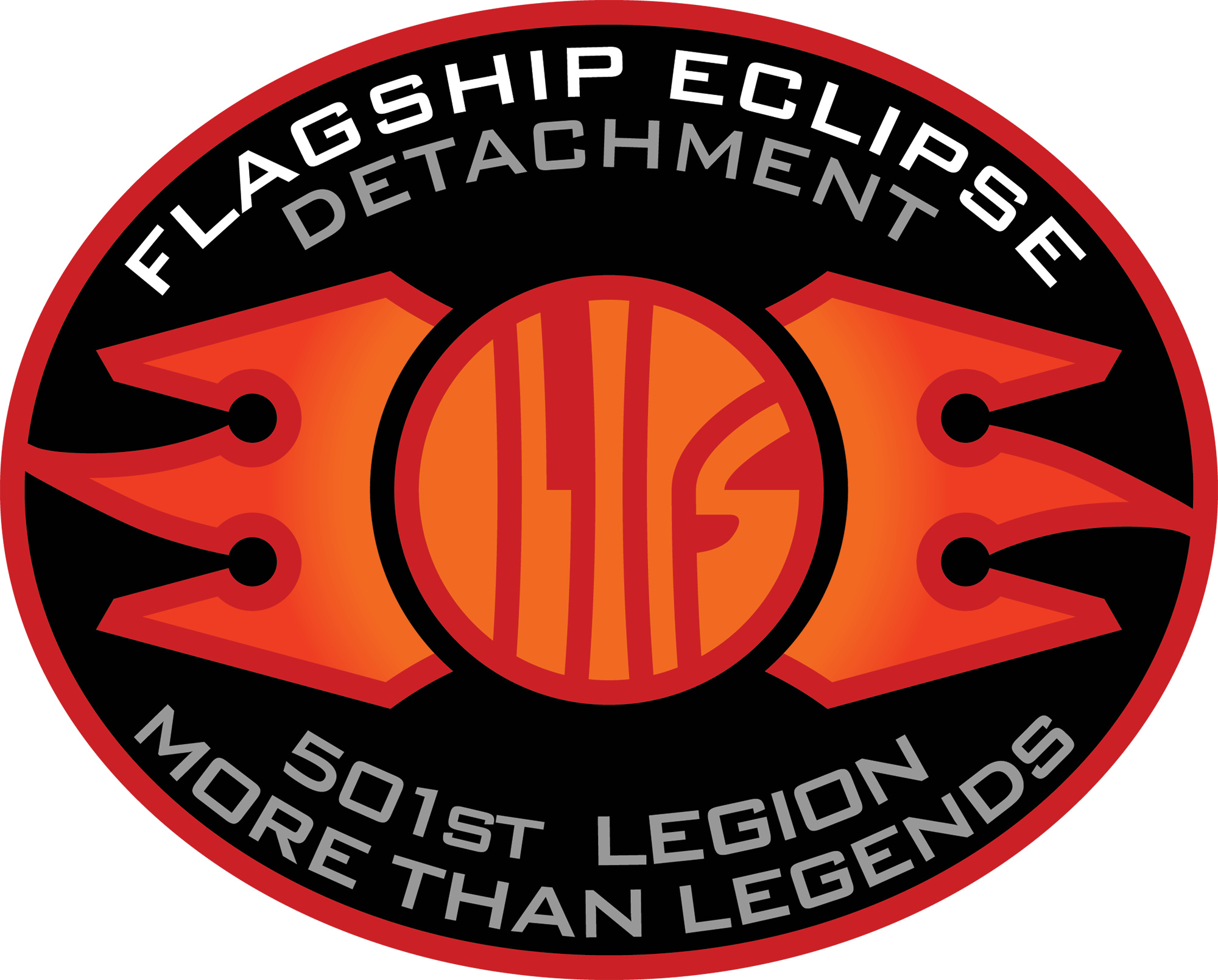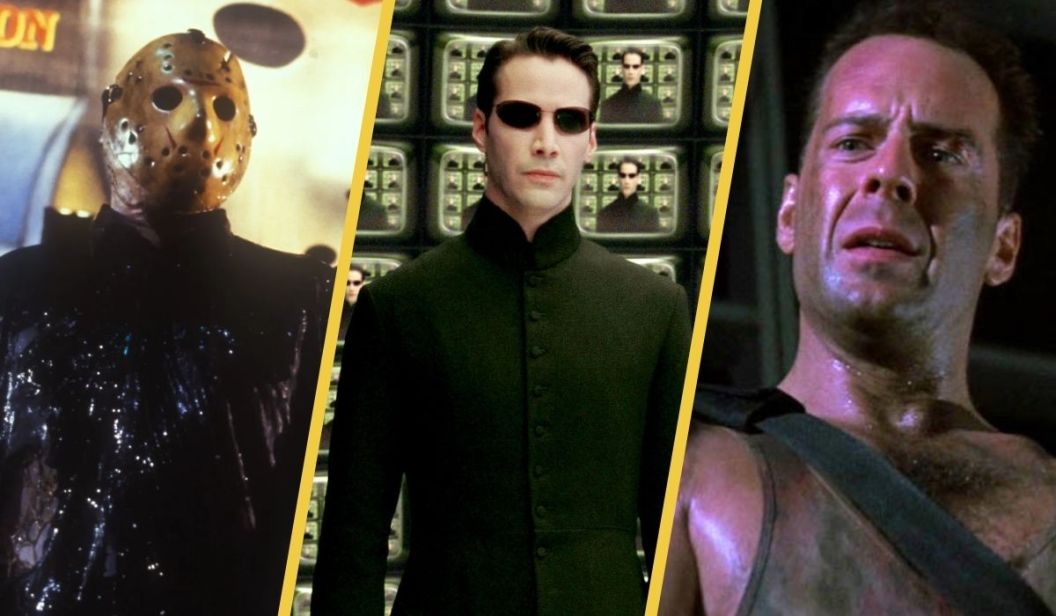
Some movies are meant to be one-offs – stories with a clear beginning, middle, and end that work so well on their own, and trying to stretch them feels like greed dressed up as creative ambition. But in Hollywood, where box office numbers matter more than storytelling logic, plenty of movies that should’ve ended after one outing ended up turning into massive franchises – repetitive, and honestly, pretty embarrassing. Whether it’s running out of ideas, over-the-top twists that betray the original, or just not needing more, some sequels only prove that knowing when to quit is a skill most studios still haven’t learned.
Here are 7 movie franchises that started strong (some even changed the game) but lost steam because they just couldn’t leave well enough alone. Not every hit needs a sequel.
1) The Matrix
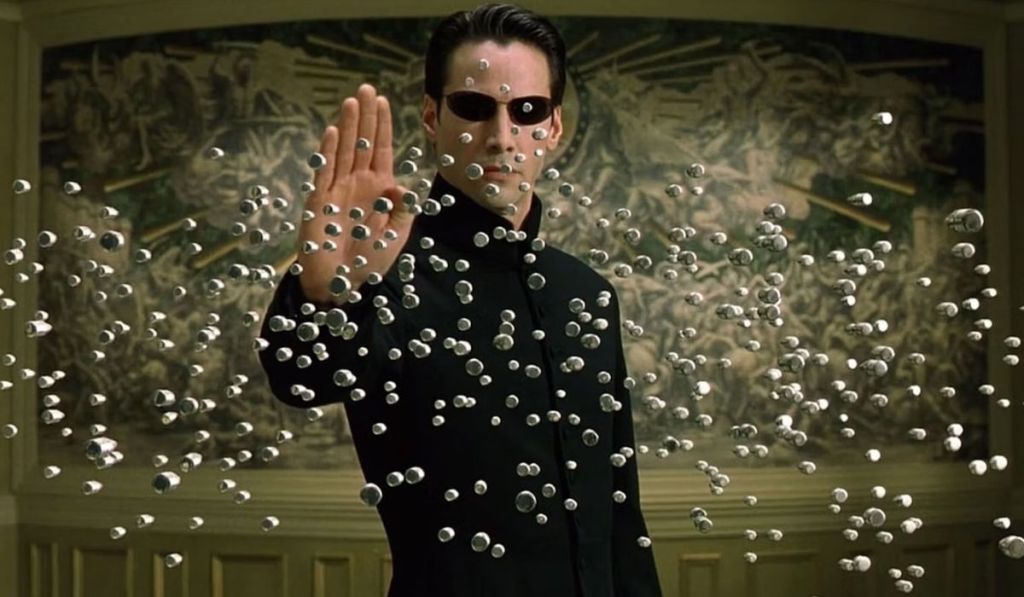
The Matrix is one of those movies that was meant to stand alone. It blended action, philosophy, and sci-fi in a way that was groundbreaking for its time, with a visual style that remains iconic and thought-provoking ideas about reality and control. It told a complete story: Neo (Keanu Reeves) discovers the truth, embraces his role, and becomes “the one” – end of line. The sequels only happened because the original was such a hit that Hollywood couldn’t resist milking it. The problem? They dropped the ball on everything the first one did right.
The concepts got bloated, the action went overboard, and even the dialogue lost its punch, replaced by clunky, confusing exposition. What was once deep became pretentious, and what was once gripping turned into a drag. Instead of expanding the universe in a meaningful way, the follow-ups just stripped the original of its brilliance. We’re talking about a movie that started in 1999 and is still going, with a fifth entry in the works. At this point, you have to ask: what’s the purpose?
[RELATED: 10 Movie Franchises That Need a Great Video Game]
2) Friday the 13th
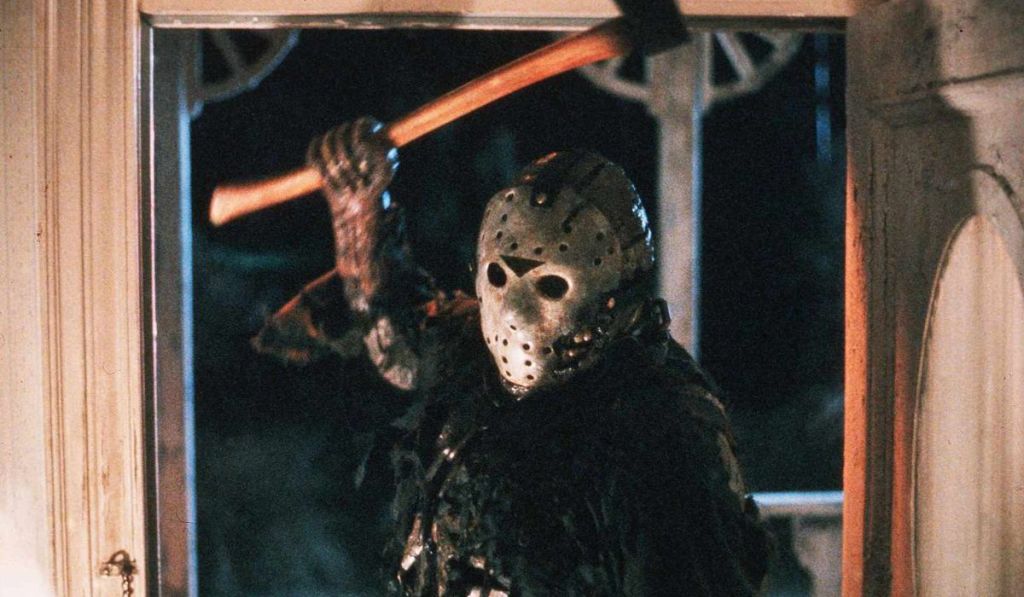
In terms of slasher films, the first Friday the 13th is a masterclass. It’s a simple but effective horror movie, with a solid suspenseful atmosphere and a twist ending that lands. It works as a revenge story with some psychological horror thrown in, and if it had ended there, it would’ve been remembered as a standout in the genre. But no – the commercial success pushed Jason Voorhees, a character who was barely in the original, into becoming the face of a franchise that had nothing new to offer.
From that point on, it turned into a parade of creative kills with zero substance, recycling the same formula over and over. Jason became a completely implausible villain, brought back from the dead countless times, even going up against telepaths and heading to space. The franchise lost all sense of real danger and became a pure cash grab, kept alive more by its name and audience curiosity than by anything worthwhile. That’s it.
3) Die Hard
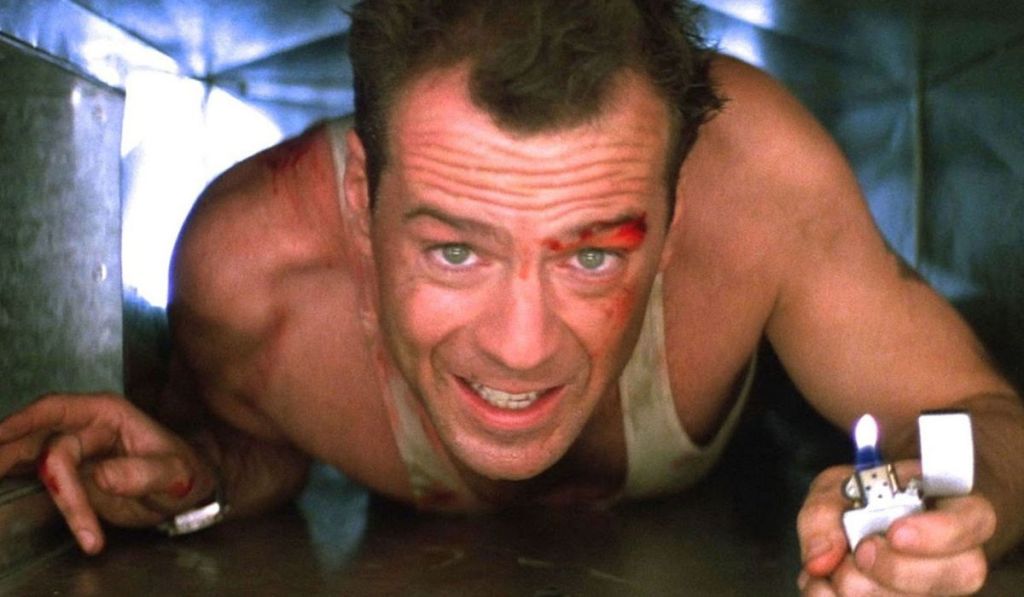
An action classic, Die Hard is brilliant for one simple reason: it gave us a human protagonist – flawed, vulnerable, and stuck in an extreme situation where he had to rely on his wits to survive. John McClane (Bruce Willis) wasn’t a superhero; he was just a regular cop facing off against terrorists with little more than guts and quick thinking. The film had real stakes, a tight pace, and a solid character arc. But then came four sequels that completely tore that concept apart.
Suddenly, McClane turned into an invincible action hero – jumping out of fighter jets, blowing up helicopters, and walking away from the most ridiculous scenarios without a scratch. The franchise got more and more generic, swapping tension for mindless spectacle – basically becoming just like Mission: Impossible. In doing so, it lost everything that made the original stand out and fell right into the same over-the-top action clichés it once challenged.
4) Halloween
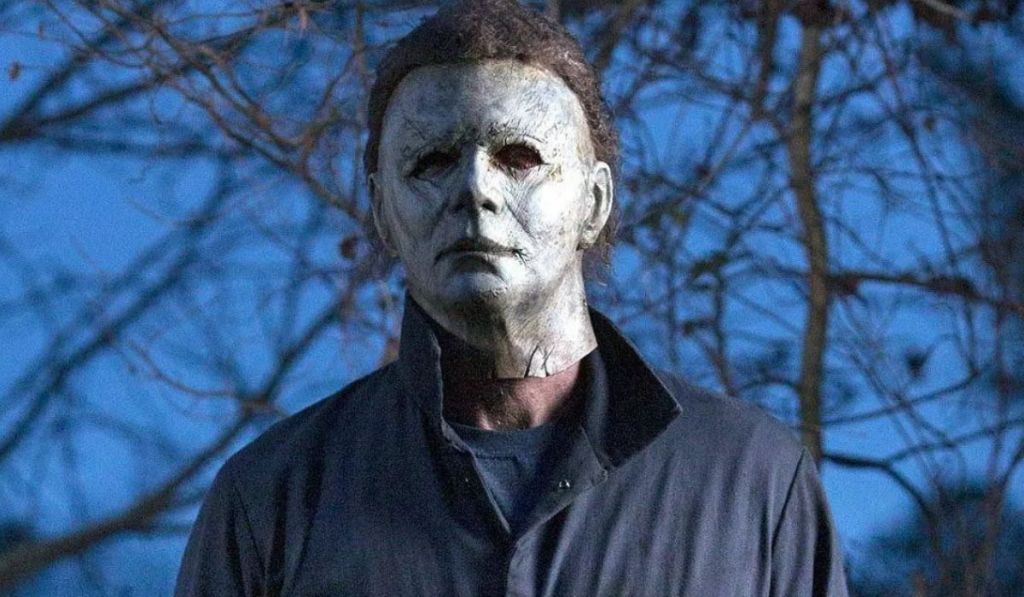
Let’s cut to the chase: when it comes to Halloween, people only remember the first movie. A horror landmark, much like Friday the 13th, it earned that status exactly because it was so simple. Michael Myers (Nick Castle) was terrifying because he was inexplicable – pure evil, silent, unstoppable, and with no clear motive. The film leaned on silence, POV shots, and a lack of gore to create an eerie, unsettling atmosphere that stuck with audiences. It was the kind of horror that thrived on suggestion, not excess.
But the sequels completely wrecked that vibe – and honestly, most people don’t even remember they exist (let alone the remakes). In trying to give Michael a backstory, with cults, family trees, and alternate timelines, the franchise ended up watering down what made him scary. His legacy comes entirely from that first movie, but what should’ve stayed chilling became totally predictable – the fear gave way to sheer nonsense. Every “reinvention” just made it clearer: this should’ve never been a franchise.
5) Jaws
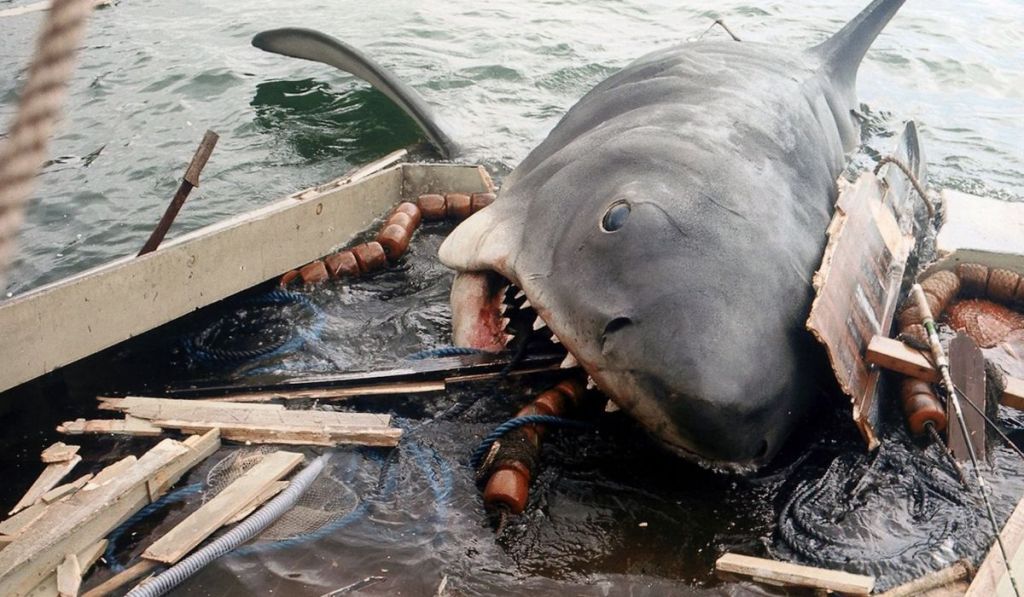
Jaws is the perfect example of “less is more.” Steven Spielberg built suspense masterfully, barely showing the shark and instead focusing on human reactions, fear, and slow-burning tension. It’s a complete movie with well-drawn characters and a sharp, well-paced narrative. But here we go again – another case where Hollywood couldn’t let a good thing end, and ironically, the franchise ended up sinking itself.
The industry just can’t resist a box office hit, but the problem is trying to recreate the same magic across multiple films. In this case, each sequel got worse, relying on cheap effects, lazy storytelling, and laughable ideas – like a shark that supposedly seeks revenge on a family. That alone proves the point. These sequels didn’t just lose the original’s essence, they also watered down some of the cultural impact it had. The franchise lost all credibility and basically turned into a punchline.
6) Taken
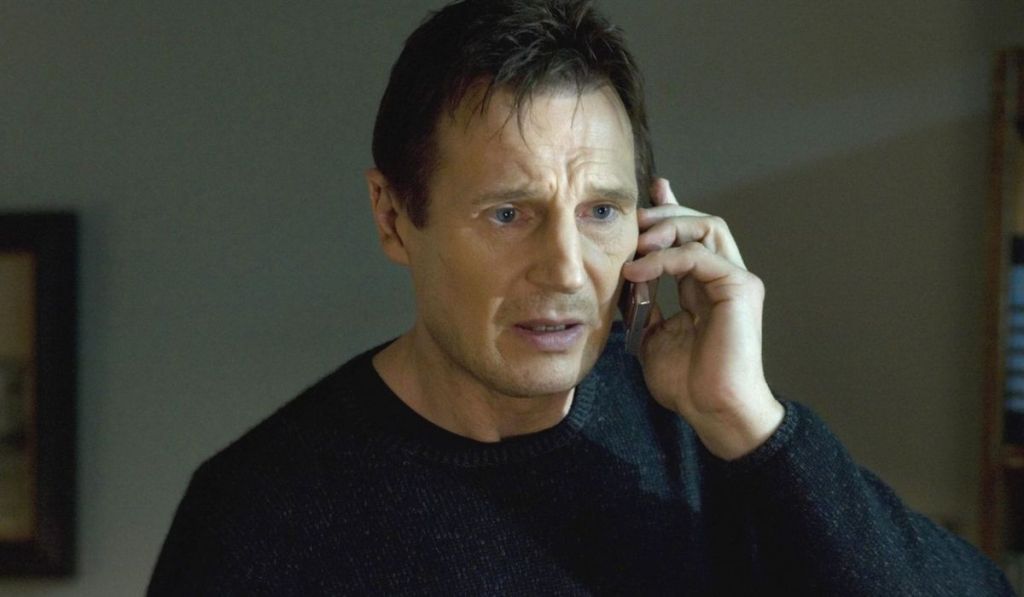
Taken might be the toughest movie on this list to judge. The original had a solid premise: a former agent using his skills to save his kidnapped daughter. It was a simple, no-nonsense story with gripping action and real emotional weight. Liam Neeson nailed the role as the determined but reluctant hero, and it’s no surprise the film became an unexpected hit, working because it had a tight plot, clear motivation, and a proper ending. So, wanting a sequel made sense – at least in theory.
When it came down to it, it was a clear mistake. Each new film just recycled the same formula without the urgency or emotional punch of the original, and the scripts got more and more absurd. Pretty soon, it became a never-ending loop of kidnappings and chases, with the main character feeling less like a desperate dad and more like an unstoppable superhero. It’s just another example of a good idea stretched way too far until it lost all meaning.
7) Back to the Future
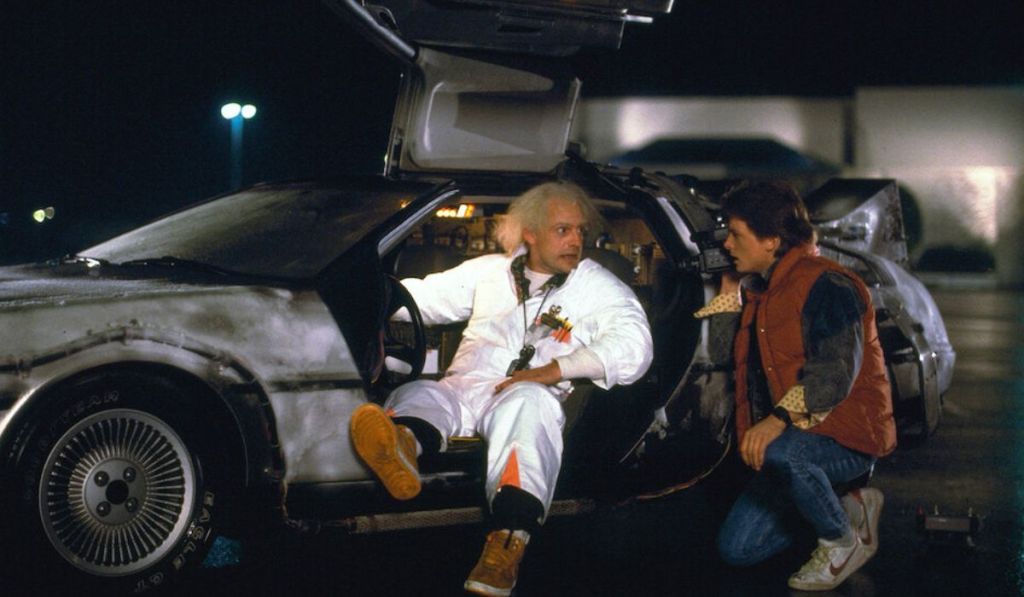
Some might argue Back to the Future shouldn’t even be on this list since it’s a screenwriting masterclass: a clear beginning, middle, and end, memorable characters, and time travel that actually makes sense within its own rules. It’s a self-contained, fun, and satisfying adventure. But if you think about it, almost nobody really remembers or has seen the sequels in full. More people know it’s a franchise than actually watched all the movies. The first film’s ending with the DeLorean flying was more a funny little joke than a real invitation to keep going, so the sequels were just forced expansions that ended up ruining the magic.
The second movie got bogged down in complicated timelines and paradoxes that weighed down what was once a lighthearted story. The third, set in the Wild West, feels more like a spin-off than a true continuation. None of the sequels ever matched the original’s balance – they just stretched a story that was already perfectly told.
The post 7 Movie Franchises That Should’ve Stopped After the First (But Didn’t) appeared first on ComicBook.com.
